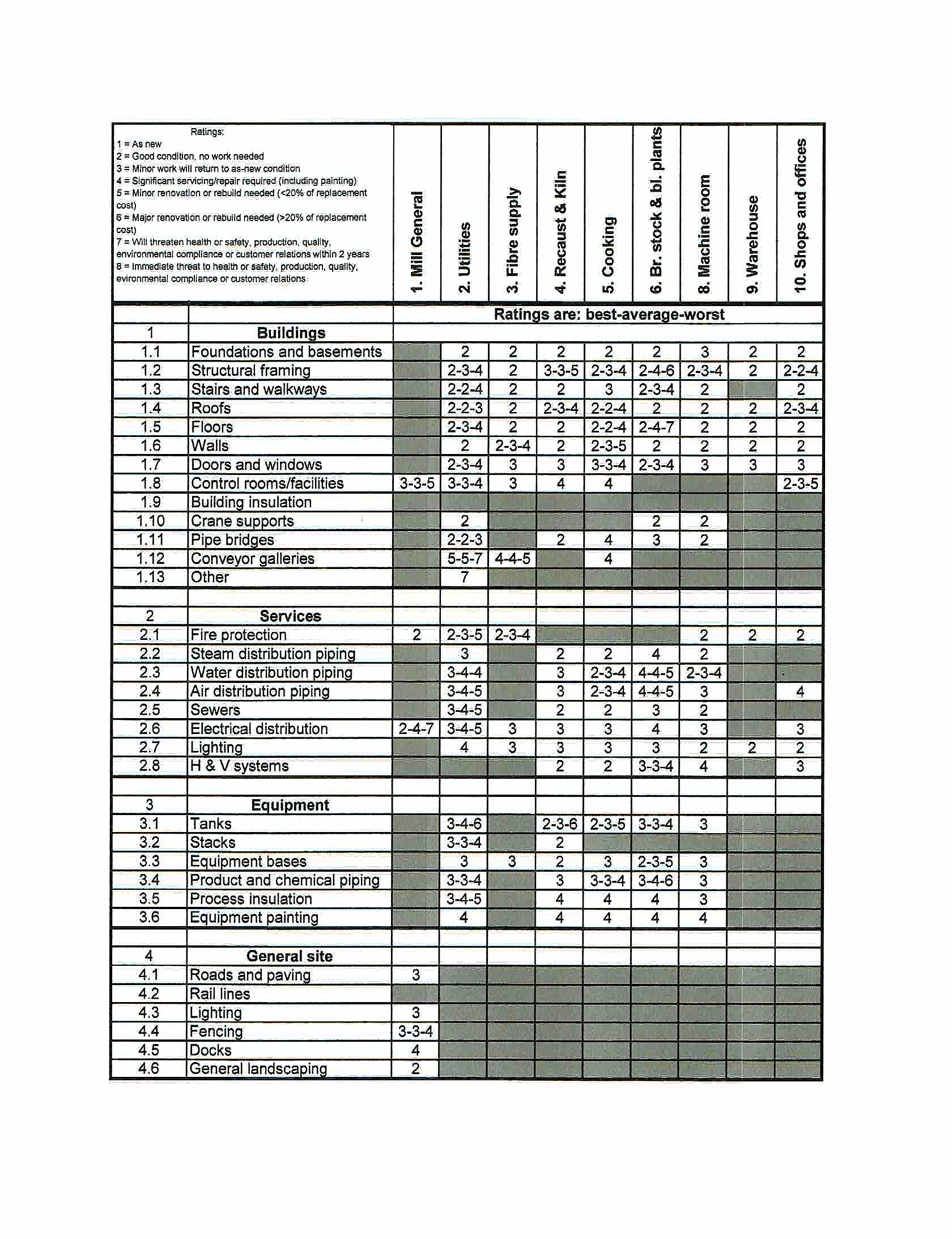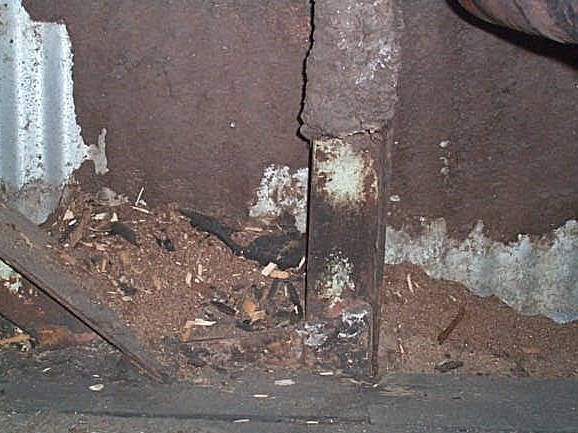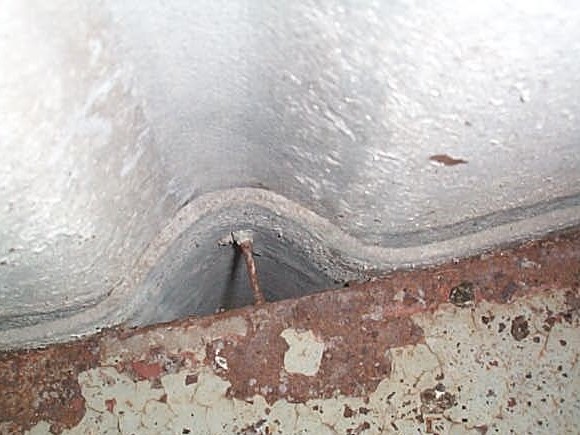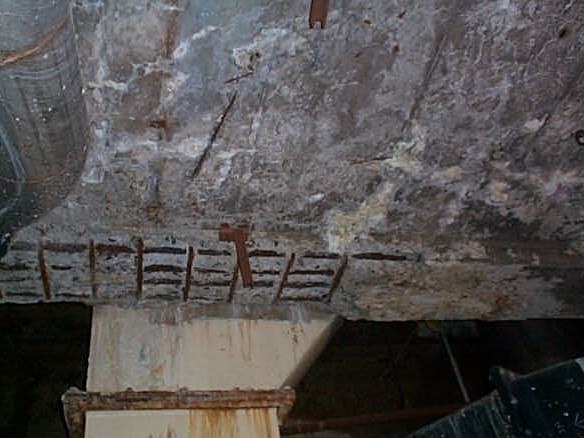Our definition of “Maintenance” is “Ensuring that physical assets continue to do what they are designed to do in their present operating context”. For manufacturing plant and mobile equipment maintenance servicing and inspection activities are a frequent occurrence. However, for other assets, loosely called “infrastructure” maintenance is far less frequent and is sometimes completely ignored.
Infrastructure includes structures, underground services, tanks, piping, electrical distribution and so on. Because deterioration is usually very slow, it is often tempting to delay infrastructure inspections and maintenance. The cost of infrastructure replacement and upgrading is usually very high, but on the other hand a failure can have disastrous effects.
Your maintenance plans and budgets should include all assets, including infrastructure.
A good practice is to make a detailed, recorded visual inspection of visible infrastructure assets on a regular basis, typically every two years. Where these observations uncover areas of concern, such as evidence of concrete reinforcing steel corrosion, they should be followed up with an engineering evaluation. Of course, inspections of hidden infrastructure, such as underground services, should not be ignored but these usually need to be integrated into plant shutdown plans, often in conjunction with other planned repairs.
A visual infrastructure survey does not take a lot of time and effort. It consists of a planned walk-through of all plant floors, basements and roofs, taking particular attention to look in places that are usually ignored. All that’s needed is a very bright spotlight (at least 1 million cp), a camera and a voice recorder (much easier for taking field notes than a notebook or keyboard). We call these surveys “Level of Preservation” audits.
A simple rating scale can be used to record the condition of assets, e.g.
1 – As new
2 – Good condition, no work needed
3 – Minor work will return to as-new condition
4 – Significant servicing/repair required, including painting
5 – Minor renovation or rebuild required (less than 20% of replacement cost)
6 – Major renovation or rebuild required (more than 20% of replacement cost)
7 – Will threaten health or safety, quality, production, environmental compliance or customer relations within 2 years
8 – Immediate threat to health or safety, quality, production, environmental compliance or customer relations
A typical summary report for a large pulp mill is shown below.

Some examples of infrastructure problems found during formal visual inspections are shown below. These all had the potential for major failures in the short term.

- This photo is of a connection on the bottom chord of a large elevated conveyor gallery. The steel had been covered in wet wood waste for many years, and on examination it was found that very little of the original steel remained underneath the heavy rust.

- This shows severely corroded pins supporting heavy cement siding panels high up on a large boiler house and above a busy walkway.

- This shows corroded concrete supporting a heavily-loaded upper floor. This corrosion was hidden from view by layers of pipe racks and cable trays and was always in the dark. Without a conscious effort to look for it, it could have been missed until a failure occurred.
Click here to return to the articles index
© Veleda Services Ltd
Don Armstrong, President
don.armstrong@veleda.ca
250-655-8267 Pacific Time